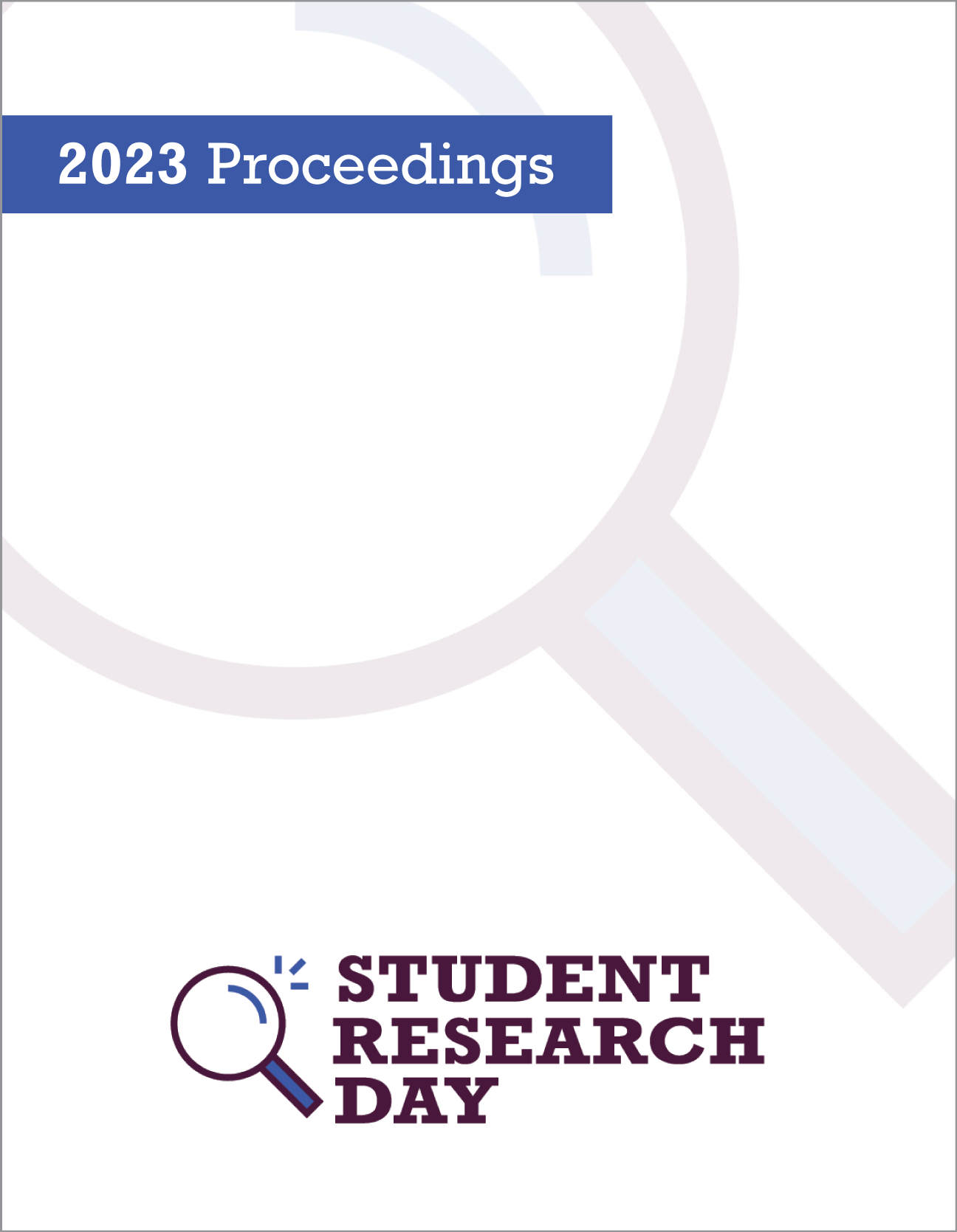Evaluating the Effects of Infrasound Frequencies on Human Stress and Anxiety Behaviours
Abstract
As technology develops, anthropogenic infrasound – Sub-20 Hz frequencies created by, but undetectable by humans – has become an area of interest in behavioural research. Previous studies have implicated infrasound in behavioural changes such as increased arousal, stress, fear, anxiety, and aversion in aquatic and terrestrial species, including humans. Developing infrastructure has been found to generate acoustic frequencies that peak in the infrasonic range, which raises concerns about what effects they may have on humans as they become more prevalent – particularly in urban areas. This study aims to evaluate this concern by exposing human participants to brief but safe periods of infrasound while listening to happy or scary music. The study will consist of two groups (one listening to happy music and the other to scary music) in which infrasound will be present during listening, and another two groups in identical conditions with no infrasound present. Salivary cortisol – an established biomarker of stress levels – as well as self reports will be collected throughout the study to obtain subjective and objective measures of emotional and behavioural change. Should infrasound be found to increase feelings of fear, anxiety, or stress in the scary music group and no inverse effect be found in the happy music group, this finding would support ongoing research suggesting that infrasound is anxiogenic. If infrasound increases negative as well as positive changes in both the scary music group and happy music group, respectively, then it may be more likely that infrasound elicits general arousal rather than anxiety.
Faculty Mentors: Dr. Rodney Schmaltz & Dr. Trevor Hamilton
Published
Issue
Section
License
Authors retain any and all existing copyright to works contributed to these proceedings.



